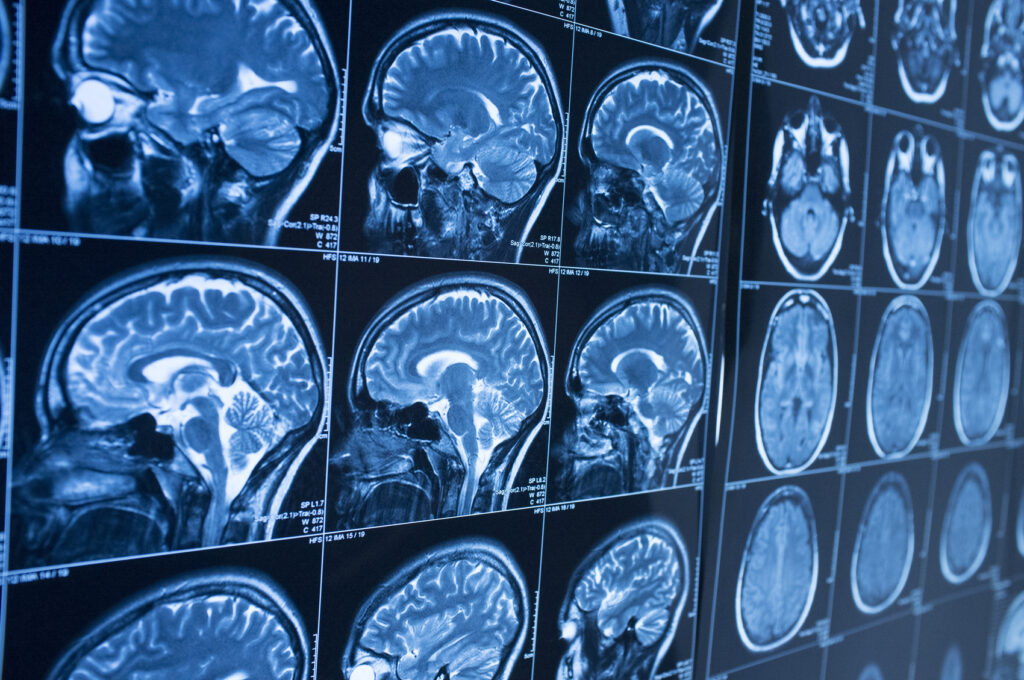It’s not hard to put into words just how devastating a truck accident can be, especially when describing it to someone who’s never seen one. Unfortunately, its cataclysmic impact is not limited to what you can see; some of the most tragic consequences of truck crashes aren’t always visible or immediately obvious.
Chronic traumatic encephalopathy (CTE), for instance, is a progressive, degenerative disease of the brain that affects people with a history of repetitive brain trauma, including concussions and subconcussive blows to the head.
While it’s most often associated with contact sports, the violent nature of truck accidents can also cause CTE in some, especially those who are already predisposed, given previous injuries. The force of the collision can cause the brain to collide with the skull, resulting in serious damage that might not be immediately apparent.
Recognizing the Signs of CTE
It’s possible to sustain serious brain trauma following a truck accident, even if there are no visible signs of a head injury. The rapid acceleration and deceleration of the head during a collision can lead to what’s called a diffuse axonal injury, a type of brain damage that’s strongly associated with CTE.
For victims of severe truck accidents who experience head trauma in the process, CTE can have lasting and debilitating neurological consequences. Its symptoms might be subtle at first, appearing months or even years after the initial trauma.
They often include the following:
- Memory Problems: Difficulty remembering recent events, names, or appointments
- Mental Health Conditions: Depression or anxiety
- Cognitive Impairment: Difficulties with attention, concentration, and decision-making
- Behavioral Changes: Impulsivity, paranoia, social withdrawal, irritability, or aggression
- Motor Difficulties: Problems with balance, coordination, and speech
Problems like these significantly impact a person’s ability to work, maintain relationships, perform everyday tasks, and take care of themselves, let alone live a full and dignified life.
Perhaps worse, though, is that they can transform a familiar face into someone you fail to recognize, meaning the emotional toll on both the injured person and their loved ones is immense.
Diagnosing CTE
Unfortunately, CTE can only be definitively diagnosed after death through a brain autopsy. However, doctors can use a combination of medical history, neurological examinations, and cognitive tests to assess the likelihood of CTE in a living person. Brain imaging techniques, like MRI and PET scans, can also help identify abnormalities.
Currently, there’s no cure for CTE. Treatment focuses on improving the individual’s quality of life and managing their symptoms as much as possible. That might involve medication for mood disturbances, cognitive rehabilitation therapy, and supportive care.
Ultimately, early intervention is key to preventing the disease from progressing. If you or a loved one are experiencing symptoms of CTE following a truck accident, seek help right away. A neurologist who specializes in brain trauma can conduct a comprehensive evaluation and develop a treatment plan to try to help you get the best outcome possible.
Get Legal Help if a Loved One Was Diagnosed With CTE
The impact of a truck crash can extend far beyond the scene or day of the accident, leaving invisible scars that change a person’s life — and the lives of those around them — forever. Understanding CTE and its relationship to severe accidents is a crucial part of seeking both appropriate medical care and legal support.
It’s understandable to feel scared, overwhelmed, or even hopeless. But the most important thing to know is that you are not alone; other families have gone through exactly what you’re going through now, and you have legal options.





